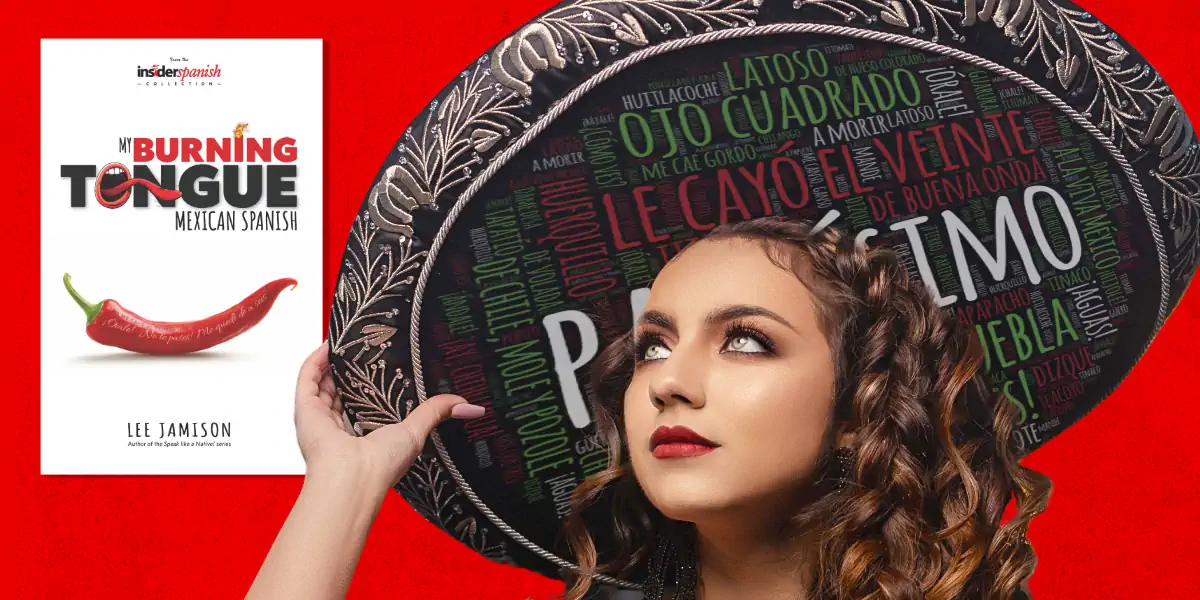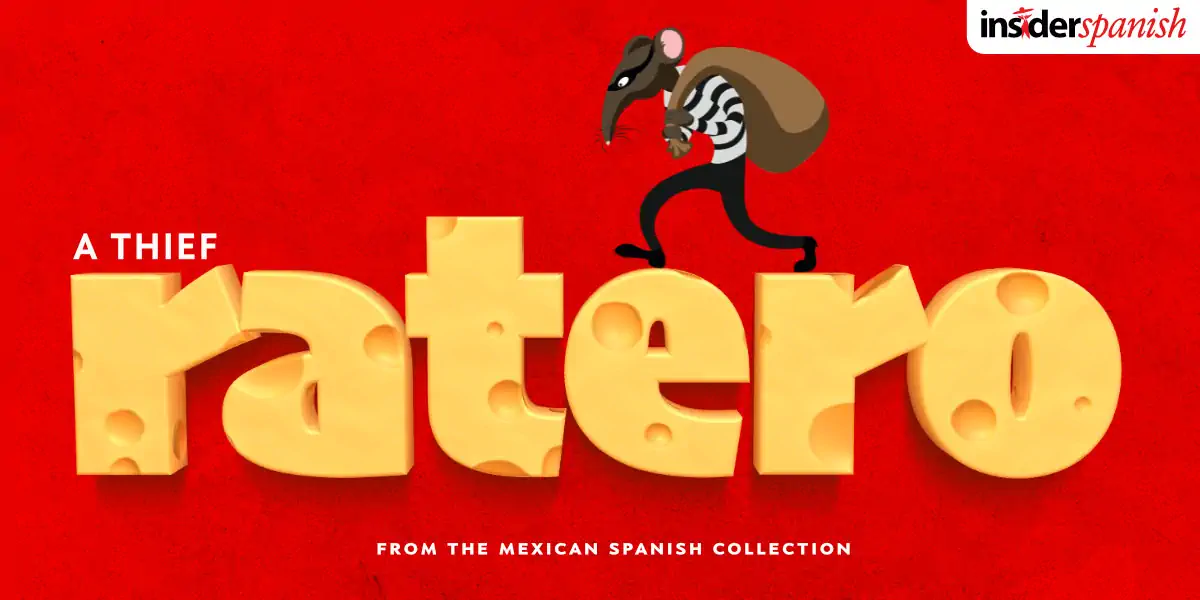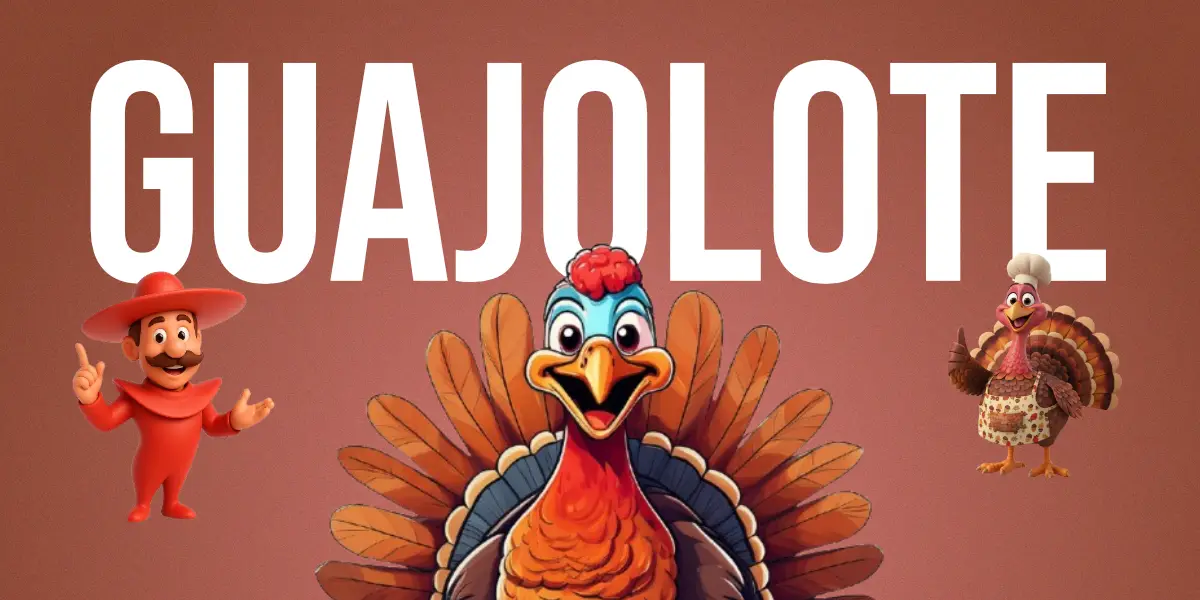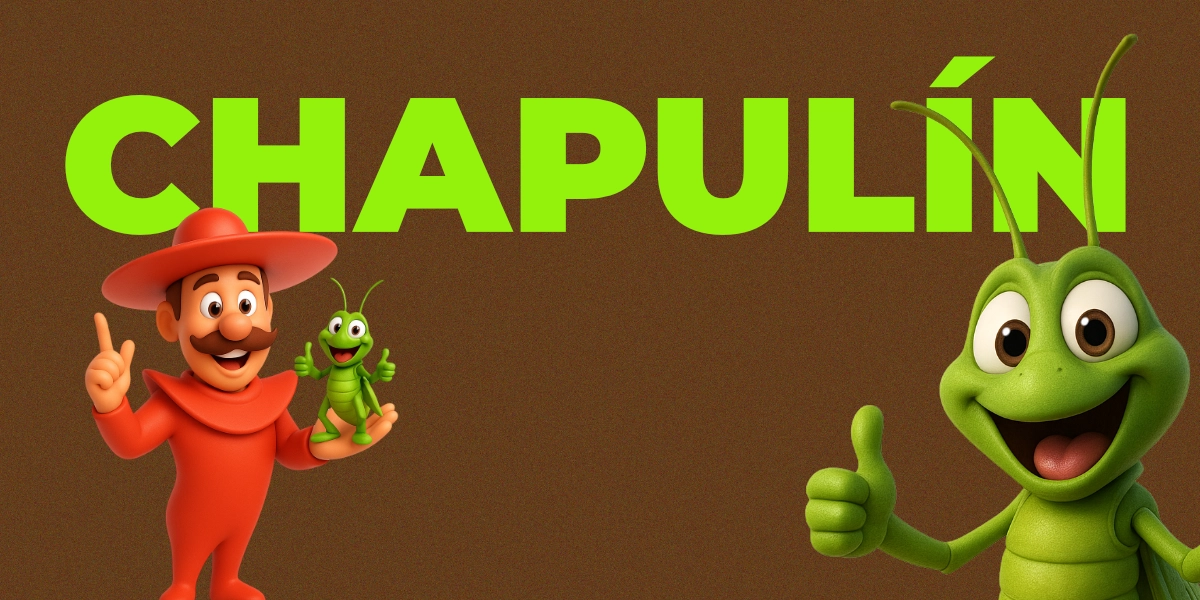What “Güero” Really Means in Mexican Spanish — More Than Just ‘Blonde’
Discover what “güero” really means in Mexican Spanish—why locals call you güerito at the market, and how this word expresses warmth and affection.
👩 They say that blondes have more fun. While that’s debatable, it’s a sure thing that your golden hair will result in Mexicans applying the adjective güero to you. On the other hand, when you visit the market, sellers will call you güero to butter you up and spur sales, regardless of your skin and hair color. Note that such color references are not prejudicial, but rather terms of endearment.
⚽ Roberto está noviando con la güerita de al lado.
🏈 Roberto is dating the blonde girl next door.
⚽ Pásele, güerito, ¿qué le ofrecemos?
🏈 Come on in, buddy, what are you looking for?
🌞 What Güero Really Means
In Mexico, güero generally means fair-skinned or light-haired. It’s derived from old Spanish roots related to huero, meaning “empty” or “pale.” But today, it has evolved far beyond describing someone’s complexion — it’s a social and affectionate shorthand that reflects familiarity, friendliness, and even mild flattery.
If you’re not from Mexico, don’t be surprised if someone calls you güero even when you’re more on the chocolate side of the spectrum than condensed milk. To many Mexicans, güero can simply mean non-local, foreigner, or just potential customer. 😄
🍅 The Market Test
Go to a traditional market (mercado) and you’ll hear vendors calling out:
⚽ ¡Pásele, güerita! ¡Mire qué frescas están las verduras!
🏈 Come on in, blondie! Look how fresh these veggies are!
They’re not conducting a melanin assessment. They’re creating warmth and connection — a linguistic sales strategy that makes you feel like a special guest rather than a random shopper.
If you’re a visitor to Mexico, don’t take offense — take it as a welcome mat rolled out in your direction.
💛 Diminutives: Güerito and Güerita
Mexicans love diminutives, and güero is no exception. Güerito and güerita (pronounced “we-REE-toh” / “we-REE-tah”) sound instantly affectionate. They soften the term and add warmth — sort of like saying “sweetie” or “honey” in English.
⚽ Oye, güerita, ¿te traigo otra cerveza?
🏈 Hey, blondie, should I bring you another beer?
⚽ Gracias, güerito, que te vaya bien.
🏈 Thanks,* pal,* have a good one.
You’ll hear these everywhere — from your taco vendor to your taxi driver — and not necessarily because of your appearance. It’s cultural charm at its finest.
🧬 Variations Across Latin America
While Mexico reigns supreme in the creative use of güero, the term pops up elsewhere in Latin America with slight twists:
Guatemala & El Salvador: Same general meaning — light-skinned or fair-haired.
Nicaragua: Here the local equivalent is chele.
Costa Rica: Light-skinned people are called macho o macha. The Panamanian version is fulo.
Colombia & Venezuela: They might use mono instead.
Argentina & Uruguay: You’ll hear rubio instead of güero.
But only in Mexico does güero carry this playful mix of affection, respect, and occasional opportunism. 😉
🧢 When in Doubt, Güero It Out
If you’re ever unsure what someone means when they call you güero, remember: it’s not an insult — it’s a cultural icebreaker. You’ve just been verbally patted on the back and unofficially welcomed to Mexico’s warm, colorful social scene.
So the next time a street vendor calls out “¡Pásele, güerito!”, don’t correct them. Smile, wave, and maybe even buy those tamales. You’re part of the conversation now.
🪙 Quick Recap
Güero / Güera: Light-skinned or fair-haired person
Güerito / Güerita: Diminutive, affectionate version
Use: Friendly, non-offensive nickname or form of address
Tone: Warm, familiar, or flattering
🎬 Insider Spanish Tip
If you’re making friends in Mexico and someone calls you mi güero, congratulations — you’ve been promoted to inner circle status. That single word packs affection, familiarity, and local flair all in one syllable.
So whether you’re pale as a tortilla de harina or brown as a tamal de mole, in Mexico, everyone’s a güero in the right light.
#Ad
Get the Ultimate Guide to
Mexican Spanish!

MORE than 167 million natives speak Mexican Spanish—with nearly 40 million speakers in the United States alone. Explore the idiosyncrasies of this colorful language spoken throughout the region. If a Mexican asks you for a popote, should you be worried? If he shouts ¡Aguas!, will you get wet? If another asks ¿Cómo ves?, is he concerned about your visual acuity? Find out what Mexicans are really saying as you uncover the hidden meaning behind more than 500 local words, idioms, and sayings. Some 100 illustrations make it easy to grasp the concept behind the words. We don't teach you Spanish; we teach you how to make your Spanish more Mexican! Get your copy today! Available in print and Kindle versions.





